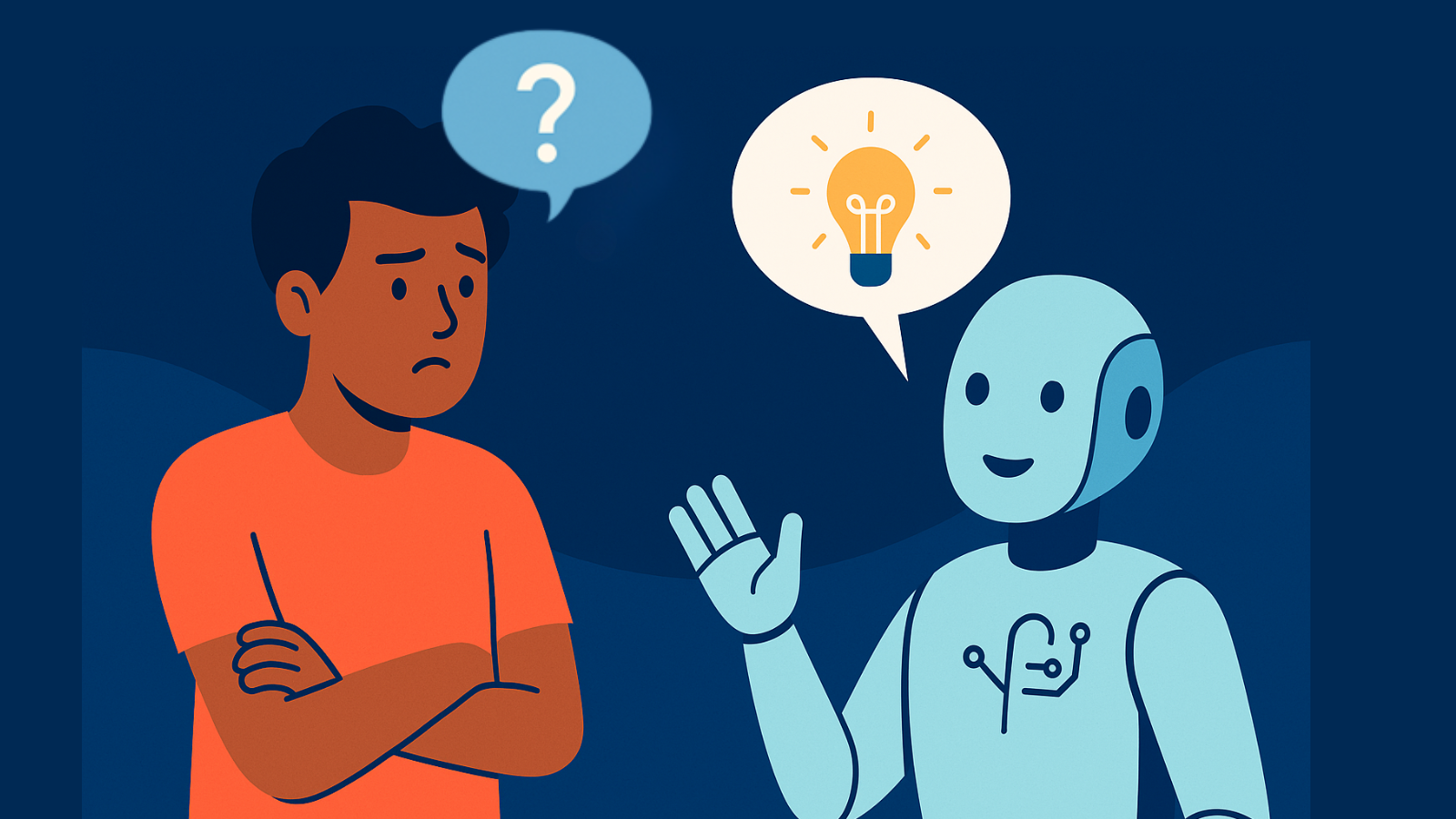As AI continues to make its way into every corner of modern life, it’s also showing up in the advocacy space. And with that comes a wave of excitement — and skepticism. Some of the pushback is understandable. But much of it is based on outdated assumptions, surface-level critiques, or fears that don’t hold up under scrutiny.
If we want to change the world for animals, we need to separate fact from fiction. Here are five of the most common misconceptions about AI in animal advocacy — and why it’s time to move beyond them.
1. “AI is scary — I don’t trust it.”
This one is everywhere. And it’s not totally irrational — AI is evolving fast, and public understanding is still catching up. But fear of the unknown can hold us back from tools that could dramatically increase our reach and impact.
Think of it this way: AI isn’t some external force with its own agenda. Tools like VR1 AI (Vegan Rise One AI) don’t make decisions — they respond to your goals, your values, and your input. They’re here to support, not to replace. If you’ve ever used spell check or auto fill, you’ve already worked with a form of AI. The difference now is that it’s smarter — and far more useful.
When used intentionally, AI can help advocates like you craft stronger, clearer, more emotionally resonant messages. It’s not about surrendering control. It’s about getting support.
2. “AI is going to take over jobs — including mine.”
Let’s be clear: no AI is going to replace the passion, creativity, or lived experience of a human advocate. But what it can do is collaborate — helping shape ideas into strategic drafts, offering in-depth analysis, and refining messaging with precision. You bring the purpose and voice; VR1 AI brings the psychological insight and structure to a higher level. Together, you co-create advocacy that’s not just thoughtful, but powerfully effective.
The real threat isn’t that AI will take your job. It’s that we’ll underuse its potential while industries like meat, dairy, and fast-food flood the world with emotionally manipulative advertising at scale.
Ask yourself: when’s the last time you saw a vegan message in a Super Bowl ad? Now compare that to how often you see commercials for burgers, bacon, or cheese. The meat-marketing machine operates at overwhelming scale — emotional, repetitive, and everywhere. It can even be government subsidized. We may not have Super Bowl budgets yet, but we don’t need them to start. What we do need is messaging that cuts through the voluminous clutter. By focusing on resonance over reach and strategy over spend, we can create content that moves hearts and sticks in minds. As the movement grows, so will our budgets. But for now, we can generate not just more content with VR1 AI — but more content with impact.
3. “AI-generated messaging is rudimentary — it’s not where the real work happens.”
In a way, this critique isn’t wrong. Basic AI-generated content can feel generic — and if all you’re doing is asking ChatGPT to write slogans or tweets, you’re only scratching the surface. That kind of usage might be an entry point, a curiosity, or a time-saver. But it’s not transformative.
VR1 AI was designed to go deeper. It doesn’t just help you inform and interact — it helps you make an impact
It’s not just a content generator — it’s a media psychologist trained to work alongside individual advocates as well as campaign teams. VR1 AI draws on the science of persuasion, narrative theory, and communication psychology to help you refine your message, elevate your structure, and increase your emotional resonance. It helps you see what your audience might resist — and how to reframe it so they engage instead.
This isn’t fluff. This is the work.
If we want to change the world for animals, there’s nothing more important than crafting a message that actually moves people — a message that reaches the heart and sparks change. That’s why VR1 exists: to teach advocates how to become skilled communicators, and to put a powerful, psychology-informed AI thought partner by their side.
As Victor Hugo once wrote in Histoire d’un crime (1877):
“One resists the invasion of armies; one does not resist the invasion of ideas.”
The right idea — delivered the right way — can do what no force ever could. That’s the power of messaging. And that’s the promise of VR1 AI.
4. “AI is bad for the environment — and that’s bad for animals.”
This is a valid concern — and one that deserves nuance. It’s true that training large language models consumes energy and water. But the vast majority of AI’s environmental impact comes from industrial-scale training, not everyday usage by advocates.
Let’s compare that to something else harming animals and the planet at scale: industrial animal agriculture. According to the latest data, 15% to 18% of All Greenhouse Gas Emissions Are Attributed to Animal Agriculture (World Animal Foundation). That’s more than the entire transportation sector combined.
If AI can help us reduce demand for animal products, mobilize advocates faster, and change social norms more effectively, then the net impact can be hugely positive — for animals, the climate, and human health.
Like any technology, AI is only as good as how we use it. And in the hands of advocates, it can be a force for urgent, systemic change that will benefit the animals and the environment.
5. “I don’t need AI — I already know how to advocate.”
You might. But imagine what you could do with a second brain trained in storytelling psychology, persuasion theory, and strategic messaging.
That’s what VR1 AI offers: not a replacement, but a partner. One that helps you see blind spots, avoid unintentional resistance triggers, sharpen your arguments, and create messages that land. One that helps you reach not just more people — but the right people, with the right message, at the right time.
You already have the heart. This is about boosting your impact.
The Bottom Line
The animals don’t care if our messages were written with a pen, a laptop, or with an AI assistant. What matters is whether those messages are powerful enough to change minds, shift norms, and stop the harm.
VR1 AI isn’t about automation. It’s about amplification. It’s about equipping human advocates with superpowers. Because the meat industry isn’t slowing down. The climate crisis isn’t pausing. And pre-vegans aren’t going to move just because we tell them to.
They’ll move when the message moves them.
Let’s make sure it does.

